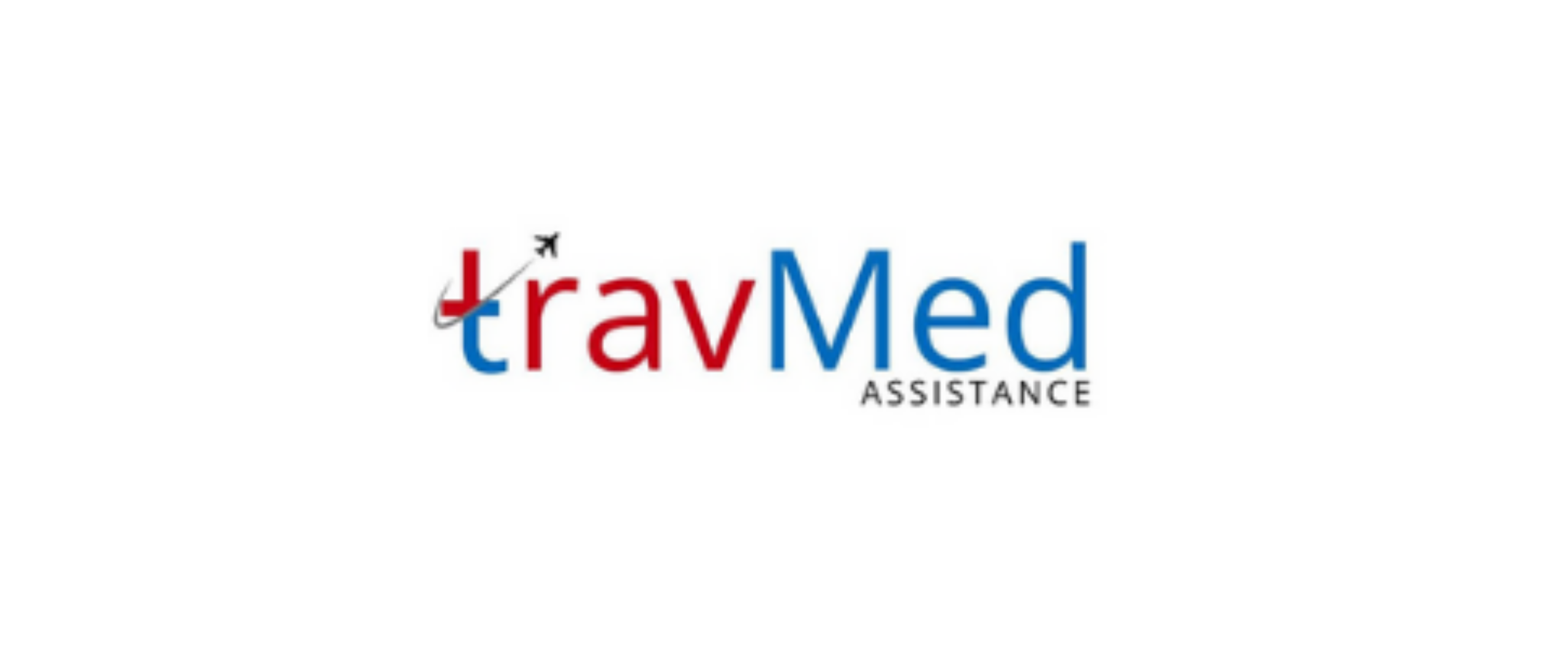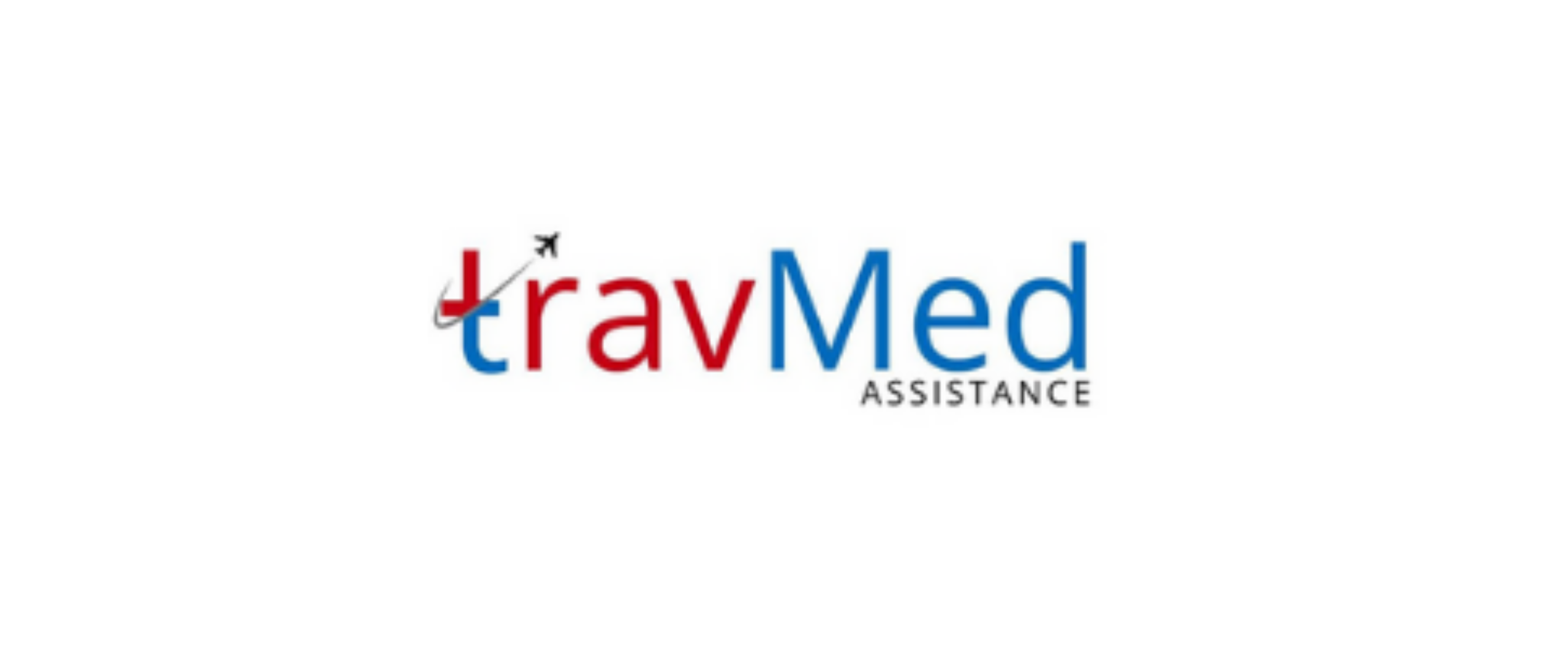
What is emergency hospital transfer in Nepal?
Emergency hospital transfer in Nepal refers to the process of safely moving critically ill or injured patients from one medical facility to another that can provide a higher level of care. This service is essential in Nepal’s healthcare system, especially given the country’s challenging geography and limited advanced medical facilities in rural areas. Emergency transfers typically involve transporting patients via ground ambulances or air ambulances (helicopters) to specialized hospitals, often in Kathmandu or other major cities. These transfers are coordinated by medical professionals to ensure continuous care during transit. The service aims to provide timely access to advanced medical treatment for patients in remote or underserved areas of Nepal.
Who provides hospital transfer services?
In Nepal, hospital transfer services are provided by a combination of government agencies, private companies, and non-profit organizations. The Government of Nepal’s Health Emergency Operation Center (HEOC) coordinates emergency medical services, including transfers. Private ambulance companies like Nepal Ambulance Service and Travmed Assistance offer ground and air transfer options. Non-profit organizations such as Himalayan Rescue Association also provide emergency medical evacuation services, especially in mountainous regions. Some hospitals in Nepal, particularly larger facilities in urban areas, maintain their own ambulance fleets for patient transfers. Additionally, international medical assistance companies often partner with local providers to facilitate transfers for foreign patients or tourists requiring emergency medical care in Nepal.
How does hospital transfer work?
The hospital transfer process in Nepal typically begins with a medical assessment at the initial healthcare facility. If the attending physician determines that the patient requires specialized care unavailable at the current location, they initiate the transfer request. The transfer coordination team then assesses the patient’s condition, determines the most appropriate mode of transport (ground or air ambulance), and selects the receiving hospital. Medical staff prepare the patient for transfer, ensuring they are stable for transport. The transfer team, usually consisting of paramedics or nurses, accompanies the patient during transit, providing continuous care. Upon arrival at the receiving hospital, the transfer team briefs the new medical staff on the patient’s condition and treatment provided during transport. Throughout the process, communication is maintained between the sending and receiving facilities to ensure a smooth transition of care.
What documents are needed for transfer?
For emergency hospital transfers in Nepal, several documents are required to ensure proper patient care and legal compliance:
- Patient’s medical records
- Transfer request form
- Consent form signed by the patient or family member
- Copy of patient’s identification (citizenship card or passport)
- Insurance information (if applicable)
- Referral letter from the sending physician
- Treatment summary and current medication list
- Recent test results and imaging reports
- Transfer acceptance form from the receiving hospital
- Emergency contact information
- Any advance directives or do-not-resuscitate orders
These documents facilitate seamless communication between healthcare providers and ensure that the receiving hospital has all necessary information to continue appropriate care for the patient.
How much do transfer services cost in Nepal?
The cost of hospital transfer services in Nepal varies widely depending on factors such as distance, mode of transport, and the patient’s medical condition. Ground ambulance transfers within Kathmandu Valley typically range from NPR 2,000 to NPR 5,000 (approximately USD 15 to 40). For longer distances or remote areas, costs can increase significantly, often ranging from NPR 10,000 to NPR 50,000 (USD 75 to 375) or more. Air ambulance services, which are often necessary for transfers from remote mountainous regions, are considerably more expensive, with costs potentially exceeding NPR 200,000 to NPR 500,000 (USD 1,500 to 3,750) depending on the location and urgency. It’s worth noting that these costs are often not covered by Nepal’s public health system, and patients or their families are typically responsible for payment. Some private insurance plans or travel insurance policies may cover emergency transfer costs, but coverage varies widely.
How is patient safety ensured during transfer?
Patient safety during hospital transfers in Nepal is ensured through a combination of protocols, equipment, and trained personnel. Transfer teams consist of qualified medical professionals, typically including paramedics or nurses with specialized training in emergency care. These teams use advanced life support equipment such as portable ventilators, cardiac monitors, and infusion pumps to maintain the patient’s vital functions during transit. Ambulances are equipped with secure stretcher systems to prevent patient movement during transport. Strict infection control measures are implemented, including the use of personal protective equipment and regular disinfection of vehicles. Communication systems allow continuous contact with medical control for guidance if complications arise. Before departure, patients are stabilized and their condition is thoroughly assessed to ensure they can withstand the transfer. Regular monitoring of vital signs and necessary interventions are performed throughout the journey to maintain patient stability.
Are services available nationwide in Nepal?
Hospital transfer services in Nepal are available nationwide, but the level of service and response times can vary significantly across the country. Urban areas, particularly Kathmandu Valley and other major cities, have more readily available and sophisticated transfer services. These areas benefit from a higher concentration of ambulances and medical facilities. However, in rural and remote mountainous regions, transfer services may be more limited and take longer to reach patients. The government has made efforts to expand emergency medical services across Nepal, including the establishment of a national emergency number (102) for ambulance services. Despite these efforts, challenges remain in providing rapid transfer services to all areas of the country due to Nepal’s diverse geography and infrastructure limitations. In remote areas, air ambulance services play a crucial role in emergency transfers, though their availability can be affected by weather conditions and limited landing facilities.
What equipment is used in hospital transfers?
Hospital transfers in Nepal utilize a range of specialized medical equipment to ensure patient safety and provide continuous care during transport. This equipment typically includes:
- Advanced cardiac life support (ACLS) equipment
- Portable ventilators for respiratory support
- Cardiac monitors and defibrillators
- Infusion pumps for medication administration
- Oxygen supply systems
- Suction devices
- Spinal immobilization equipment
- Trauma kits and wound care supplies
- Portable ultrasound machines
- Blood pressure monitors and pulse oximeters
- Stretchers with secure locking mechanisms
- Communication devices for contact with medical control
- Temperature regulation equipment
- Pediatric-specific equipment for child patients
This equipment allows transfer teams to monitor patients’ vital signs, administer necessary treatments, and respond to any medical emergencies that may arise during transport.
Who qualifies for emergency hospital transfer?
Patients who qualify for emergency hospital transfer in Nepal typically fall into several categories:
- Critically ill patients requiring specialized care not available at their current facility
- Trauma patients needing advanced surgical interventions
- Patients with severe burns requiring treatment at specialized burn units
- Individuals with acute cardiac conditions needing immediate catheterization or cardiac surgery
- Stroke patients requiring urgent neurological interventions
- Patients with severe respiratory distress requiring mechanical ventilation
- Neonates or pediatric patients needing specialized pediatric intensive care
- Patients with complex medical conditions beyond the capabilities of rural or smaller hospitals
- Individuals with severe infections or sepsis requiring advanced life support
- Patients with acute renal failure needing urgent dialysis
- High-risk pregnant women experiencing complications
The decision to transfer is typically made by the attending physician based on the patient’s medical needs and the resources available at the current facility.
How long does the transfer process take?
The duration of the hospital transfer process in Nepal can vary significantly depending on several factors. Within Kathmandu Valley, ground ambulance transfers typically take 30 minutes to 2 hours, depending on traffic conditions and the distance between facilities. For transfers between cities or from rural areas to urban centers, the process can take several hours to a full day. This includes the time required for initial assessment, stabilization, arranging the transfer, and the actual transport. Air ambulance transfers, while faster in transit, may take longer to arrange due to factors such as weather conditions and aircraft availability. The total process for air transfers can range from 2 to 6 hours or more, depending on the patient’s location and destination. In remote mountainous regions, where road access is limited, arranging and completing a transfer can take up to 24-48 hours in some cases. The transfer team works to minimize delays while ensuring patient safety throughout the process.
Can family accompany the patient?
In Nepal, the policy regarding family members accompanying patients during hospital transfers varies depending on the service provider and the specific circumstances of the transfer. Generally, for ground ambulance transfers, one family member is often allowed to accompany the patient, space permitting. This allows for emotional support and helps with communication, especially if the patient is unable to speak for themselves. However, in cases where the patient’s condition is critical and requires extensive medical intervention during transport, family members may be asked to travel separately to ensure the medical team has adequate space to work. For air ambulance transfers, the ability for family members to accompany the patient is more limited due to space constraints and weight considerations in aircraft. In these cases, family members typically need to arrange their own transportation to the receiving hospital. Some transfer services may offer assistance in arranging transportation for family members to the destination hospital.
How do I book transfer services in Nepal?
Booking hospital transfer services in Nepal involves several steps:
- Contact the transfer service provider directly or through your current healthcare facility
- Provide patient information, including medical condition and current location
- Specify the desired destination hospital or type of care needed
- Discuss transfer options (ground or air ambulance) and associated costs
- Arrange payment or provide insurance information
- Prepare necessary documents for the transfer
- Coordinate pickup time and location with the transfer service
- Ensure the receiving hospital is prepared for the patient’s arrival
- Follow any pre-transfer instructions provided by the medical team
- Be ready at the designated time with the patient and required documents
For emergencies, call the national ambulance number (102) or contact local hospitals for immediate assistance. Many private transfer services in Nepal also offer 24/7 hotlines for booking and inquiries.


